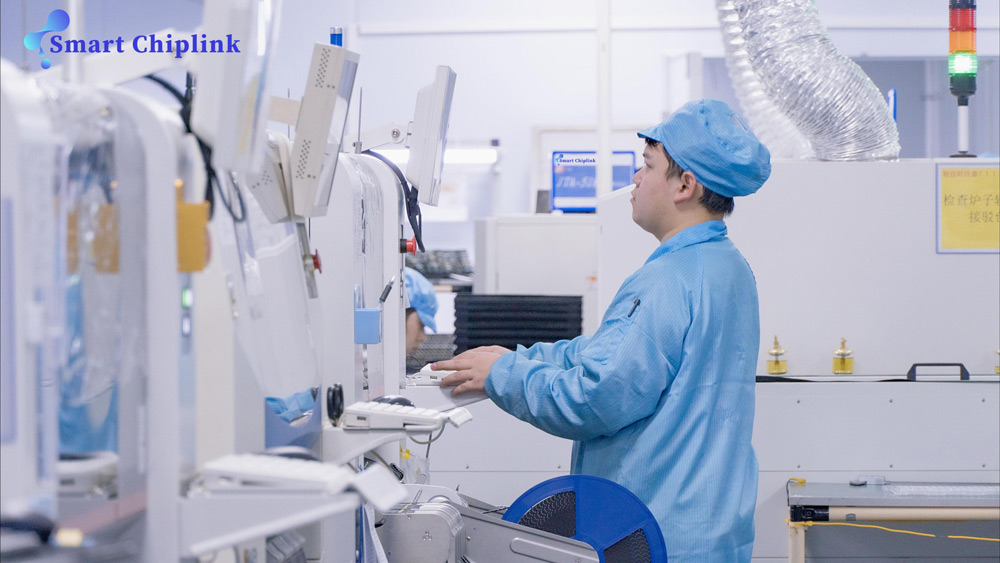The demand for electronic devices continues to surge, and at the heart of these gadgets is the PCB. While PCBs are crucial for the functioning of everything from smartphones to industrial equipment, many manufacturers and hobbyists alike find that the cost of PCB assembly can be surprisingly high. Understanding why PCB assembly is expensive requires an exploration of the complex processes involved, the materials used, and the meticulous quality standards that must be met.
1. High-Quality Materials
One of the primary reasons PCB assembly is expensive is the cost of high-quality materials. PCBs are built with layers of conductive copper, a material that has seen price fluctuations due to market demand. Additionally, the substrate—often fiberglass—must be durable and resistant to heat and stress to ensure long-term functionality.
Components that are mounted onto the PCB, such as resistors, capacitors, and integrated circuits, also vary in cost based on their complexity and precision. When devices require specialized components or operate in extreme conditions, such as aerospace or medical devices, the price of sourcing these materials rises significantly.
2. Complex Manufacturing Processes
The manufacturing process for PCBs involves several intricate steps, from design and etching to drilling, plating, and soldering. Each step requires precision to ensure that the circuit will function properly without short-circuiting or signal interference. Advanced machines and techniques, such as surface-mount technology (SMT) and automated optical inspection (AOI), are employed to enhance precision and speed, but these technologies come with high equipment costs.
For multi-layered PCBs, which are common in sophisticated devices like smartphones and computers, the assembly becomes even more intricate. Aligning multiple layers of conductive pathways while maintaining electrical integrity adds to the cost due to increased labor, inspection, and quality control measures.
3. Skilled Labor and Expertise
While much of the PCB assembly process is automated, human expertise is still crucial, particularly in the design and testing phases. Engineers must carefully design the PCB layout to optimize performance and ensure the board meets the required specifications. Once the PCB is assembled, skilled technicians are needed to troubleshoot, repair, and ensure the final product meets stringent industry standards.
This specialized knowledge, combined with the high level of responsibility required in critical industries such as automotive and medical devices, adds to the overall cost. The need for extensive experience and training means that labor in PCB assembly is not cheap.
4. Low Production Volumes
The cost per unit of PCB assembly decreases with higher production volumes, as fixed costs such as setup and testing can be spread across more units. However, for smaller orders or prototype runs, the costs remain high. Manufacturers must invest in setup time, specialized materials, and tooling for even a limited number of boards. This makes small-batch or custom PCB assemblies particularly expensive for businesses that don’t require mass production.
5. Stringent Testing and Quality Assurance
PCBs are often critical to the functioning of complex systems, making quality control an essential aspect of assembly. Various testing procedures, including functional testing, in-circuit testing, and X-ray inspection, are conducted to identify defects such as misaligned components, poor solder joints, or internal flaws within the layers of the board.
For industries where failure is not an option—such as aerospace, automotive, and medical—PCBs undergo even more rigorous testing standards, further driving up the costs. These tests help prevent costly recalls, system failures, and potential safety risks, justifying the higher price tag associated with high-quality, reliable PCB assembly.
6. Customization and Specialized Requirements
Many industries require custom PCB designs tailored to specific applications. Whether it’s a unique size, shape, or functionality, customization increases complexity and cost. Moreover, some PCBs are required to operate under extreme conditions, such as high heat or radiation, which necessitates the use of specialized materials and coatings that are more expensive than standard options.
In conclusion, the seemingly high cost of PCB assembly is a reflection of the meticulous processes, specialized materials, and quality controls required to create reliable and functional circuit boards. From raw materials to advanced manufacturing techniques and the need for skilled labor, many factors contribute to the expense. As technology continues to evolve and demand for more complex, multi-functional devices increases, the cost of PCB assembly may remain high—but this investment is essential for ensuring the quality and reliability of the electronic products we use daily.

 English
English Español
Español Português
Português русский
русский français
français 日本語
日本語 Deutsch
Deutsch Tiếng Việt
Tiếng Việt Italiano
Italiano Nederlands
Nederlands ไทย
ไทย Polski
Polski 한국어
한국어 Svenska
Svenska magyar
magyar Malay
Malay বাংলা
বাংলা Dansk
Dansk Suomi
Suomi हिन्दी
हिन्दी Pilipino
Pilipino Türk
Türk Gaeilge
Gaeilge عربى
عربى Indonesia
Indonesia norsk
norsk čeština
čeština Ελληνικά
Ελληνικά Українська
Українська Javanese
Javanese فارسی
فارسی български
български ລາວ
ລາວ Latine
Latine Қазақ
Қазақ Euskal
Euskal Azərbaycan
Azərbaycan slovenský
slovenský Македонски
Македонски Lietuvos
Lietuvos Eesti Keel
Eesti Keel Română
Română Slovenski
Slovenski Српски
Српски 简体中文
简体中文 Беларус
Беларус




